Hong Kong
PEARL OF THE ORIENT
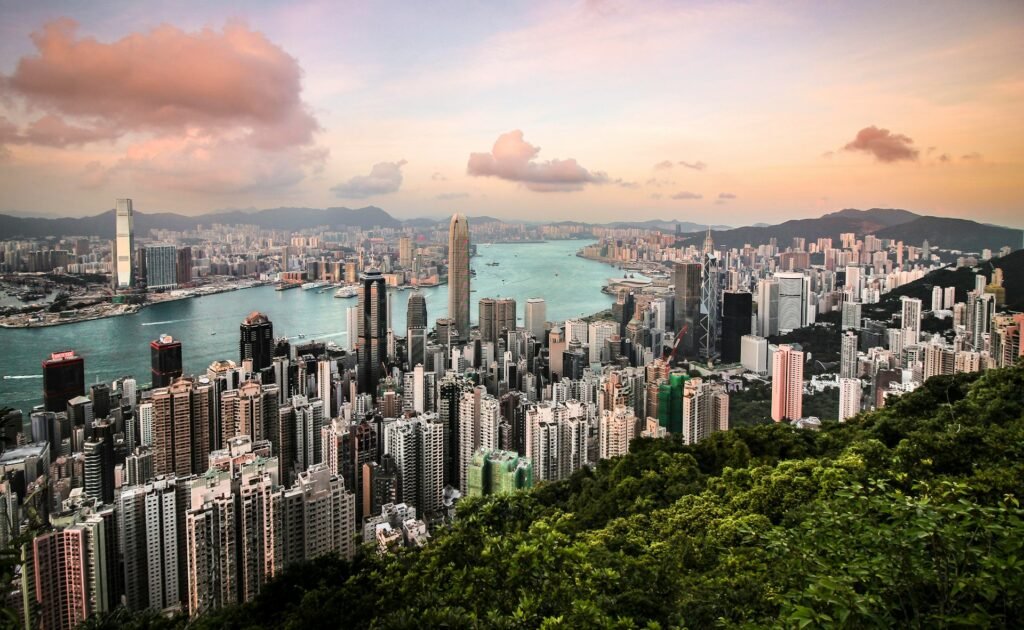
Hong Kong is a dazzling fusion of East and West, where towering skyscrapers meet ancient temples and bustling street markets. Known as the “Pearl of the Orient,” this city captivates with its iconic Victoria Harbour views, especially at night when the skyline lights up in a symphony of colors. Travelers can dive into a foodie paradise, savoring dim sum, roast duck, and fresh seafood, or shop till they drop in luxury malls and chaotic night markets like Temple Street. Whether you’re hiking Dragon’s Back for panoramic vistas or riding the historic Star Ferry, Hong Kong’s energy is contagious and unforgettable.
It helps keep this site running, and we appreciate your support!
Sightseeing
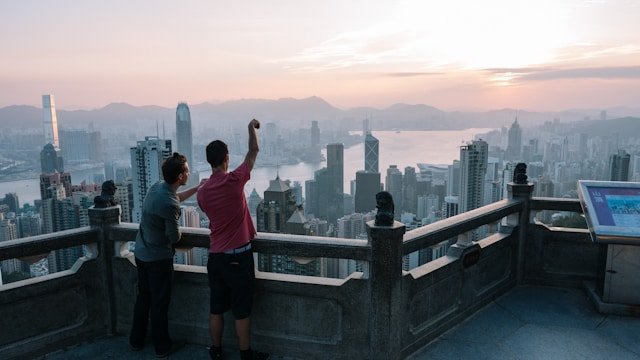
Victoria Peak
For jaw-dropping views of Hong Kong’s skyline and harbor, this is the place to go. Take the historic Peak Tram up to this scenic lookout, where you can soak in panoramic vistas, especially stunning at sunset or night when the city sparkles below. There’s also a walking trail, the Peak Circle Walk, for a quieter nature fix. At over 1,800 feet above sea level, it’s the highest point on Hong Kong Island, offering a bird’s-eye view of the urban jungle and Victoria Harbour’s shimmering waters. On clear days, you can see all the way to the outlying islands, making it a photographer’s dream. The Peak Tower at the top has shops, restaurants, and even a Madame Tussauds if you want to extend your visit. It’s a bit touristy, sure, but the sheer beauty of the landscape makes it an essential stop.
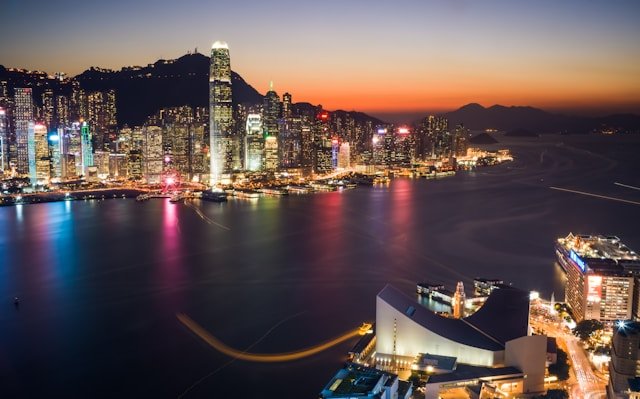
Victoria Harbour
A trip to Hong Kong isn’t complete without experiencing this iconic waterway. Catch the Symphony of Lights show at night, a dazzling display of lasers and LEDs across the skyline, or hop on the Star Ferry for a cheap, scenic ride between Kowloon and Hong Kong Island—day or night, it’s a classic. The harbor is the beating heart of the city, historically a trading hub that fueled Hong Kong’s rise as a global powerhouse. You can stroll along the Tsim Sha Tsui Promenade or Central’s waterfront to take it all in, with ferries and junks gliding across the water. The nightly light show, starting at 8 PM, syncs music with the glowing buildings—grab a spot early for the best view. It’s a perfect mix of natural beauty and human ingenuity, reflecting Hong Kong’s dynamic spirit.

Tian Tan Buddha
On Lantau Island, this massive bronze statue, also called the Big Buddha, sits majestically atop a hill. Climb the 268 steps to reach it, surrounded by lush greenery, and feel the serene vibe. Pair it with a visit to the nearby Po Lin Monastery for a deeper cultural dive. Unveiled in 1993, the 112-foot-tall statue faces north to “watch over” Hong Kong, symbolizing peace and harmony. The climb might leave you winded, but the view from the top—rolling hills and distant sea—is worth every step. At the base, six smaller statues offer tributes to the Buddha, adding to the spiritual atmosphere. The monastery nearby serves vegetarian meals and has intricate architecture, making this a tranquil escape from the city’s hustle.
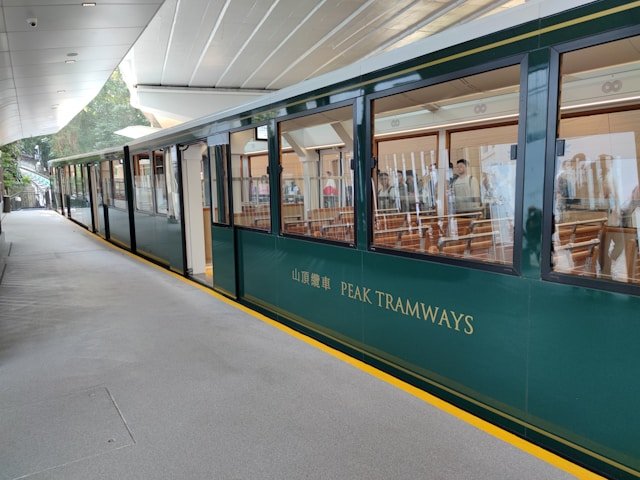
The Peak Tram
This isn’t just transport—it’s an experience. Running since 1888, the steep, scenic ride up to Victoria Peak offers a thrilling perspective of the city’s vertical landscape. It’s a quick, fun way to feel Hong Kong’s history while heading to one of its best viewpoints. The tram climbs at angles up to 27 degrees, tilting you back as skyscrapers seem to lean impossibly around you—it’s a quirky, old-school ride that’s still a marvel of engineering. Originally built for wealthy residents, it’s now a beloved attraction for all. The lower terminus in Central is easy to reach, and the journey takes just 7 minutes, though queues can stretch during peak times. Once you’re up top, the reward is that unbeatable view, making the tram a two-for-one sightseeing gem.

Star Ferry
Affordable and timeless, this ferry ride across Victoria Harbour is a must-do. The short trip between Tsim Sha Tsui and Central gives you front-row seats to the skyline and a taste of local life—locals still use it daily. Go at dusk for extra magic. Operating since the 1880s, it’s a living piece of Hong Kong heritage, with its green-and-white boats bobbing across the harbor. At less than a dollar per ride, it’s one of the cheapest thrills in town, yet it delivers postcard-worthy views of glass towers and distant mountains. The breeze on deck, the hum of the engine—it’s a simple pleasure that feels authentically Hong Kong. Time it right, and you’ll catch the sunset painting the water gold as the city lights begin to flicker on.
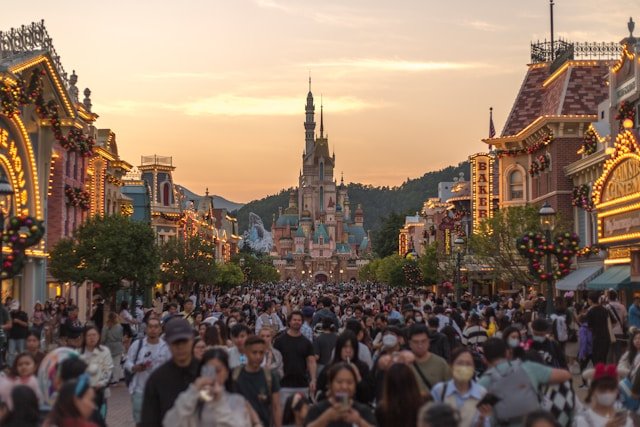
Hong Kong Disneyland
For a dose of family-friendly fun, this smaller but charming Disneyland delivers. With unique areas like Toy Story Land and the Castle of Magical Dreams, it’s less crowded than other parks, making it a relaxed way to enjoy Disney vibes with a Hong Kong twist. Opened in 2005, it’s the smallest Disneyland globally, but that’s part of its charm—shorter lines mean more time for rides like Hyperspace Mountain or the Iron Man Experience. The park blends Disney classics with local flair, like Chinese New Year events and dim sum-shaped snacks. It’s on Lantau Island, easy to reach by MTR, and surrounded by scenic hills. Kids and adults alike will find magic here, especially during the nighttime parade with its glowing floats and fireworks.

Temple Street Night Market
When the sun sets, this Kowloon market comes alive with stalls selling everything from trinkets to street food. It’s chaotic, colorful, and perfect for soaking up Hong Kong’s nightlife—grab some fish balls or a cheap souvenir while you’re at it. Running from Jordan to Yau Ma Tei, it’s a sensory overload of sizzling woks, haggling vendors, and neon signs. You’ll find knockoff watches, quirky gadgets, and fortune tellers adding a mystical edge. The energy peaks around 8 PM, with crowds weaving through narrow aisles. Nearby dai pai dongs (open-air food stalls) serve up spicy noodles and grilled seafood—bring cash and an adventurous spirit. It’s raw, unpolished, and quintessentially Hong Kong.
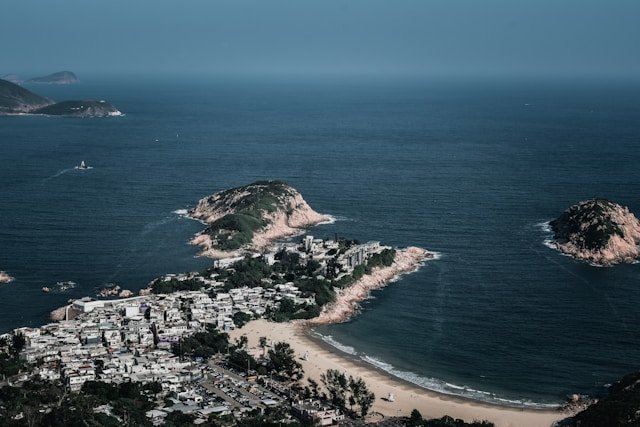
Dragon’s Back
Hikers will love this trail in the New Territories, often called one of the world’s best urban hikes. It’s not too tough, with rolling green hills and a rewarding finish at Big Wave Bay, where you can cool off with a swim or a cold drink. Part of the Hong Kong Trail, it stretches about 5 miles and takes 2-3 hours, offering a rare escape from the city’s concrete chaos. The ridge’s undulating shape resembles a dragon’s spine—hence the name—and you’ll get sweeping views of the South China Sea and Shek O village. It’s moderate enough for most fitness levels, though good shoes are a must. Afterward, Big Wave Bay’s laid-back surf vibe is perfect for unwinding with a snack from a nearby stall.
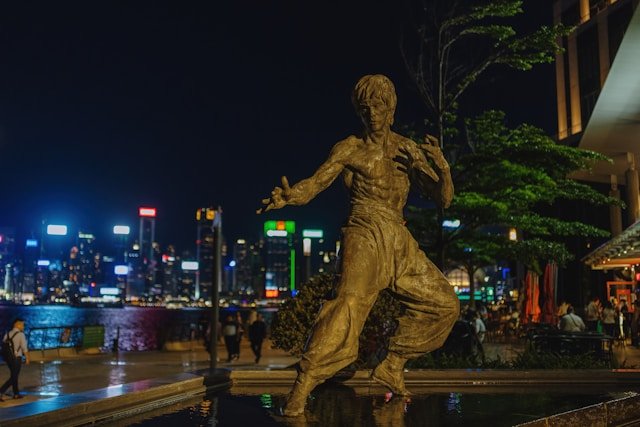
Avenue of Stars
Hong Kong’s answer to Hollywood’s Walk of Fame, this Tsim Sha Tsui promenade honors its film industry legends. Stroll along the waterfront, snap pics with handprints of stars like Bruce Lee, and enjoy killer harbor views—especially at night. Stretching 440 meters, it celebrates Hong Kong’s cinematic golden age with statues and plaques for icons like Jackie Chan and Jet Li. The Bruce Lee statue, striking a kung fu pose, is a fan favorite. Facing Victoria Harbour, it’s a prime spot for the Symphony of Lights or just watching boats drift by. Benches and open space make it a chill hangout, blending pop culture with that unbeatable waterfront backdrop.
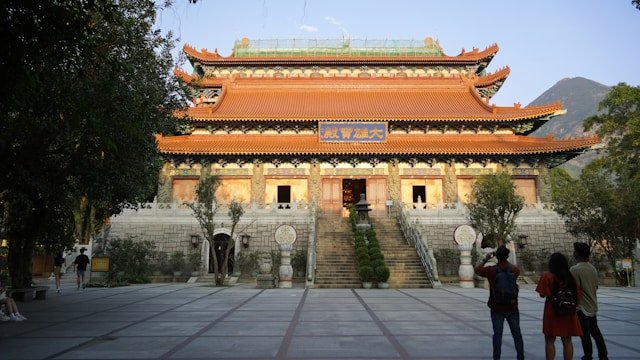
Ngong Ping Village
Near the Tian Tan Buddha, this cultural village on Lantau Island offers a laid-back vibe with shops, eateries, and the Ngong Ping 360 cable car. The 25-minute ride up from Tung Chung gives you sweeping views of the island’s mountains and sea—worth it for the journey alone. The village itself is touristy but charming, with wooden walkways, tea houses, and stalls selling Buddhist trinkets. The cable car’s glass-bottom option adds a thrill, dangling you over forests and cliffs. Once there, you’re steps from the Big Buddha and Po Lin Monastery, tying it all together. It’s a half-day trip from the city, blending nature, culture, and a touch of adventure—perfect for a relaxed yet memorable outing.
Flights
Hotels
Essential Tips for Visiting Hong Kong
Transportation in Hong Kong
Taxis
Finding the Best Time to Visit
Value Index
Safety in Hong Kong
Natural Hazards
General Tips
